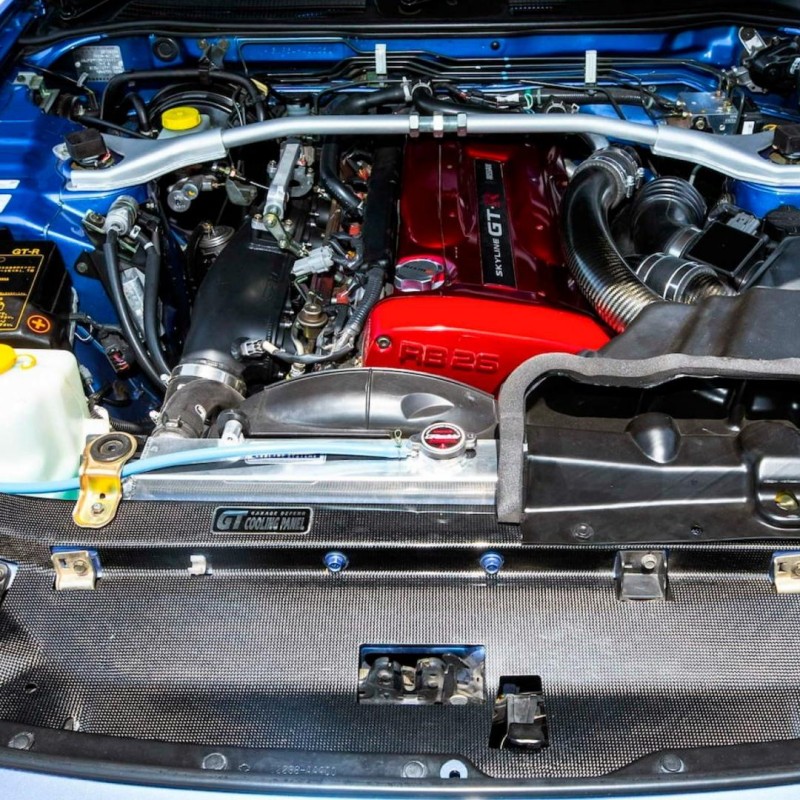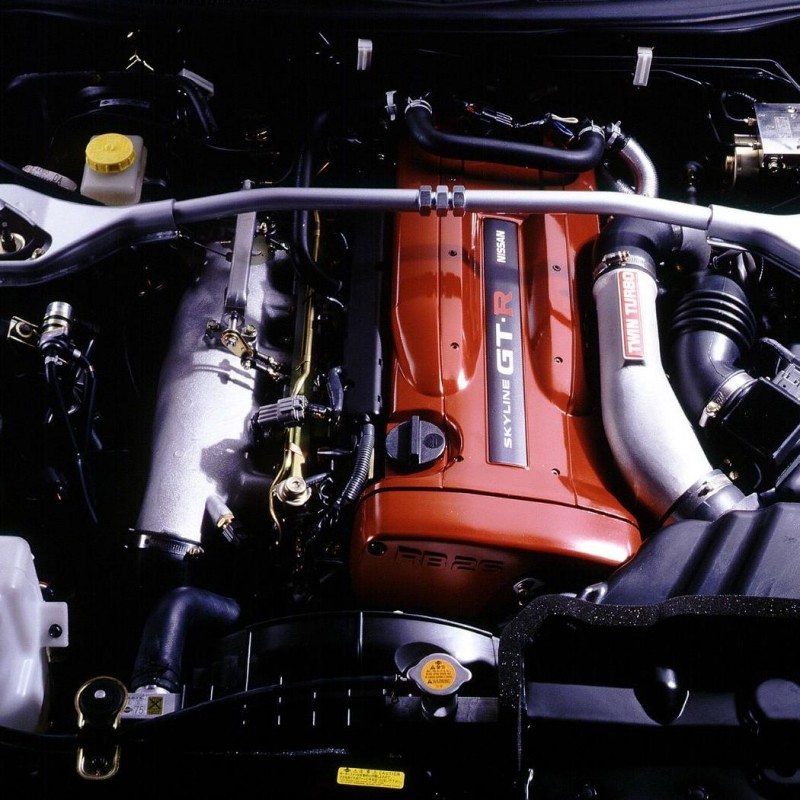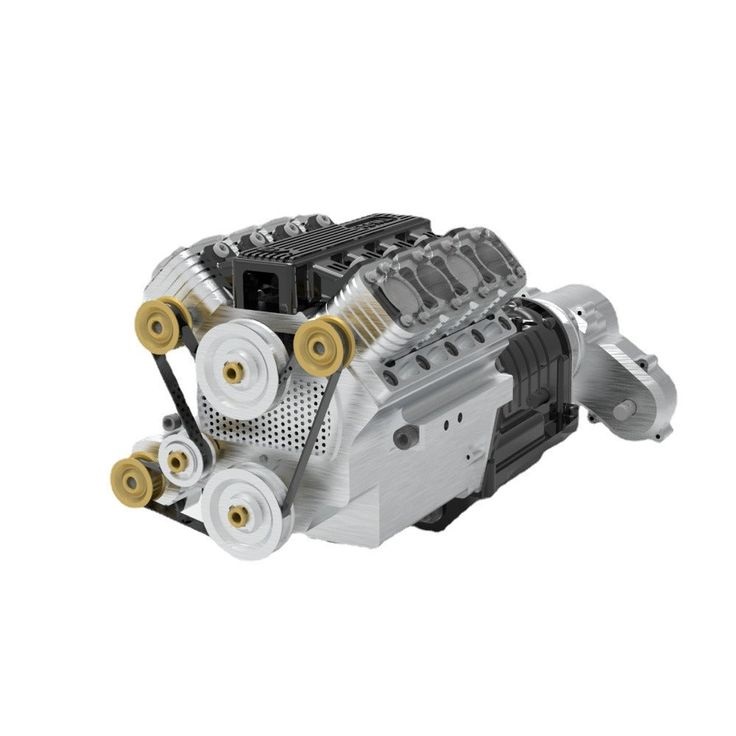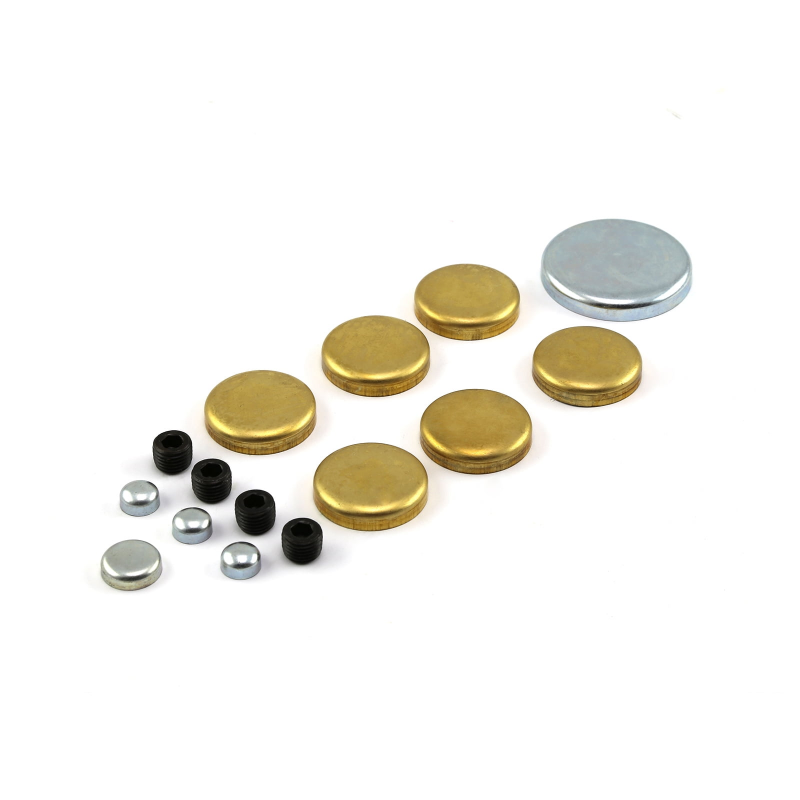When it comes to maintaining the performance and longevity of your vehicle, regular oil changes and engine maintenance are paramount. One concerning symptom that vehicle owners may encounter is milky oil, which can indicate serious underlying issues such as coolant leaks mixing with engine oil. Recognizing how to flush milky oil from engine components can prevent unnecessary damage and costly repairs. While the presence of milky oil can be alarming, addressing the issue promptly and correctly can help restore your engine to optimal condition. In this comprehensive guide, we will explore the causes and symptoms of milky oil, provide a detailed step-by-step process for flushing it, and offer helpful maintenance tips to prevent future occurrences. By the end of this article, you’ll be equipped with the knowledge and confidence needed to tackle this issue effectively.
Understanding Milky Oil: Causes and Symptoms
Before jumping into how to flush milky oil from the engine, it’s essential to understand what milky oil is, how it forms, and why it’s problematic.
What Is Milky Oil?
Milky oil appears cloudy or discolored, often resembling a light coffee with cream. This abnormal appearance results from the emulsification of oil and coolant, indicating a serious issue within the engine’s components.
Common Causes of Milky Oil
- Coolant Leaks: One of the most common causes of milky oil is a coolant leak. This leak can occur due to a blown head gasket, cracked engine block, or damaged cylinder head.
- Head Gasket Failure: A blown head gasket can allow coolant to enter the oil passageways, mixing with the engine oil and causing it to become milky.
- Condensation: Short trips and cold weather can lead to condensation build-up in the engine, which may emulsify with oil and create a milky appearance, although this is usually temporary.
- Improper Oil Change Practices: Using low-quality oil or not performing regular maintenance can also lead to issues that cause oil deterioration.
Symptoms of Milky Oil
Recognizing milky oil promptly is vital for preventing further damage. Here are some symptoms you might observe:
- Cloudy Oil Dipstick: When you check your engine oil with a dipstick, if it appears milky, it’s a clear indication that something is wrong.
- Overheating Engine: Engines with coolant leaks or head gasket failures may experience overheating due to a lack of adequate lubrication.
- White Smoke: If the engine burns coolant, you may notice white smoke coming from the exhaust, especially when the car is running.
- Loss of Power: Affected engines may struggle with performance, leading to reduced acceleration and power output.
- Coolant Levels Drop: If you notice the coolant reservoir is frequently low, it could indicate a leak mixing with oil.
Preparing to Flush Milky Oil from the Engine
Before starting the flushing process, you need to gather the necessary materials and prepare the workspace.
Tools and Materials Required
- Engine Oil Flush Solution: An engine oil flush is a chemical product designed to break down sludge, contaminants, and emulsified oil.
- New Engine Oil: Select the recommended oil type for your engine based on its make and model.
- Oil Filter: It’s a good practice to replace the oil filter during this process.
- Wrench Set: For removing the drain plug and oil filter.
- Oil Catch Pan: To collect old oil during the flushing process.
- Safety Gloves and Goggles: To protect your hands and eyes from any spills or fumes.
Safety Precautions
- Park on Level Ground: Ensure your vehicle is on a flat surface to allow for proper oil drainage.
- Cool Engine: Always cool down the engine completely before performing any maintenance to avoid burns.
- Battery Safety: Disconnect the battery if you suspect any electrical issues to prevent shocks or further damage.
- Dispose of Oil Properly: Follow local regulations for disposing of engine oil and filters correctly.
Step-by-Step Guide: How to Flush Milky Oil from Engine
Now that you’re prepared, let’s go through the process of flushing milky oil from the engine step by step.
1: Check Oil Condition
Before commencing the flushing, inspect the oil condition using the dipstick. Confirm if the oil is indeed milky and make a note of any other abnormalities.
2: Drain the Old Oil
- Locate the Drain Plug: Use your vehicle’s manual to find the oil drain plug, which is typically located on the oil pan.
- Position the Oil Catch Pan: Place the oil catch pan directly beneath the drain plug to catch the old oil.
- Remove the Drain Plug: Using a wrench, carefully remove the drain plug. Allow the old oil to drain completely into the pan.
3: Add Engine Oil Flush Solution
- Read Instructions: Check the manufacturer’s guidelines on how much engine oil flush solution to use.
- Add the Solution: Pour the recommended amount into the engine oil fill cap.
- Run the Engine: Start the engine and let it run for the time specified in the oil flush product instructions. This step allows the solution to circulate and work through the engine.
4: Drain the Oil Flush Solution
- Let It Cool: Turn off the engine and allow it to cool for a few minutes.
- Remove the Drain Plug Again: Place the oil catch pan back under the engine and remove the drain plug.
- Drain the Flush: Let the engine flush drain completely, collecting it in the catch pan.
5: Replace the Oil Filter
- Locate the Oil Filter: Identify the oil filter using your vehicle’s manual.
- Remove the Old Filter: Use an oil filter wrench to remove the old oil filter. Be prepared for residual oil to spill out.
- Install the New Filter: Apply a small amount of new oil to the gasket of the new filter. Screw it on hand-tight, ensuring a proper seal.
Step 6: Add New Engine Oil
- Replace the Drain Plug: Reinstall the drain plug securely before adding new oil.
- Pour in New Oil: Using a funnel, pour the correct amount of fresh engine oil into the engine. Refer to the manufacturer’s specifications for the required oil capacity.
- Check Oil Level: After adding oil, wait a moment and then check the oil level with the dipstick. Add more oil if necessary.
Step 7: Start the Engine and Check
- Run the Engine: Start the engine and let it idle for a few minutes. Observe for any unusual noises or leaks.
- Check Oil Color: After a short run, check the oil on the dipstick again. It should appear clean and free of milkiness.
- Final Inspection: Look for any signs of leaks, and take a test drive to ensure the engine is operating smoothly.
Preventing Future Oil Contamination
Flushing milky oil is a vital process, but preventing it from happening in the first place is even more crucial. Here are some measures to help you avoid oil contamination:
1. Regular Maintenance
Schedule regular oil changes based on your vehicle’s maintenance guidelines. Keeping fresh, clean oil in your engine will help prevent buildup and contamination.
2. Monitor Coolant Levels
Regularly check your coolant levels and inspect for signs of leaks. Spotting issues early can prevent coolant from entering the engine oil in the first place.
3. Use Quality Fluids
Always opt for high-quality oils and coolant suitable for your vehicle. This practice helps maintain better protection against contamination.
4. Check for Gasket Deterioration
Inspect your gaskets and seals periodically for signs of wear, as these can lead to leaks. Replacing aging gaskets proactively can save you from more severe issues later.
5. Keep the Engine Clean
Using engine cleaners or treatments can help reduce sludge and buildup, keeping oil circulation healthy and preventing emulsification.
The Importance of Professional Inspections
While flushing milky oil can often be done at home, certain scenarios may necessitate professional assistance. Here’s when you might consider it:
1. Persistent Issues
If your engine continues to show signs of milky oil after flushing, it indicates a significant underlying issue. Seeking the expertise of a professional mechanic is advisable.
2. Major Engine Repairs
Should your vehicle require extensive repairs, a professional may be able to address potential causes of the problem beyond just flushing the oil.
3. Diagnosis of Symptoms
If you’re uncertain about the source of the milky oil, a qualified mechanic can conduct a thorough diagnostic, determining if there are issues like a blown head gasket or internal engine damage.
4. Comprehensive Services
In some cases, mechanics can provide more comprehensive cleaning services, which go beyond just flushing oil. Professional cleaning can help restore engine condition and performance more effectively.
Conclusion
Understanding how to flush milky oil from the engine can save you from the potential costs and headaches of severe engine damage. Milky oil is often a symptom of larger issues, such as coolant leaks or gasket failures. By taking prompt action, utilizing the flushing process, and implementing preventive strategies, you can maintain your engine’s health and performance.
Remember, regular maintenance and monitoring can go a long way toward identifying issues before they escalate. Whether you decide to tackle the problem on your own or seek professional assistance, being proactive in addressing milky oil will help ensure the longevity of your vehicle.
In the end, flushing milky oil is not just about correcting a problem; it’s about taking responsibility for your vehicle’s well-being and enhancing your driving experience for years to come.


